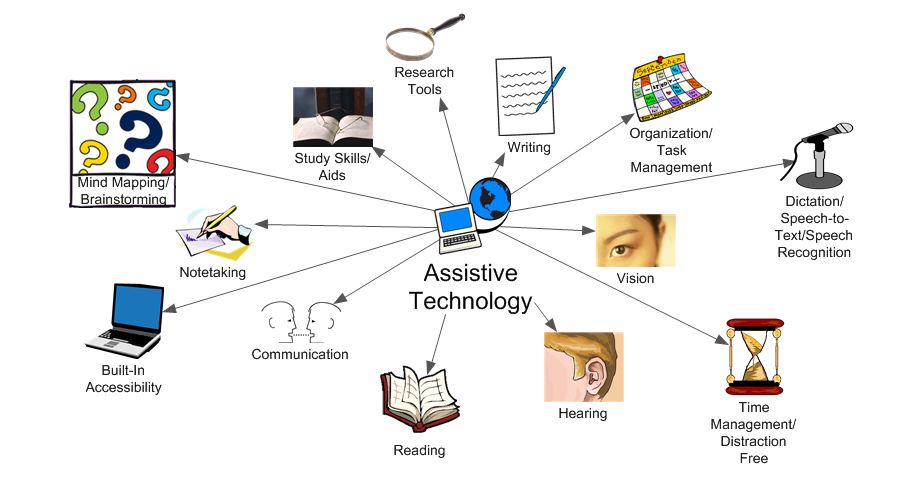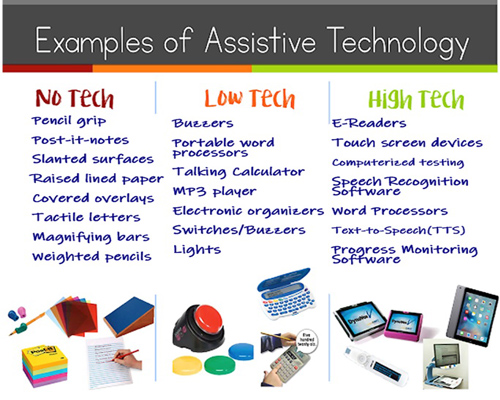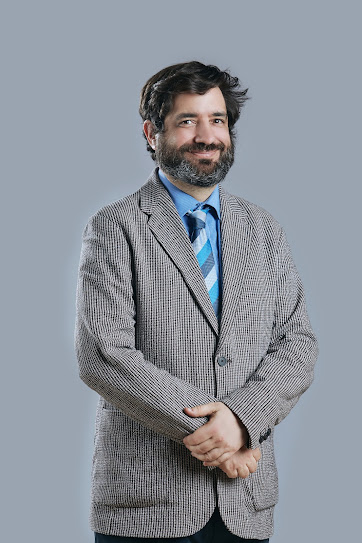IDEA Disabilities, Incidence, Assistive Technologies, Other Accommodations, References
As a teacher or in life, you have come across someone with a learning disability. Globally, somewhere between five to nine percent of the population has a learning disability. Dyslexia (15-20%) and ADHD (9.4% in the USA) are the most common ones amongst children,
In the past, children would have been removed from the general population and assigned to special education classes. However, that is no longer the case any more. Students with learning disabilities, unless absolutely necessary, are no longer excluded. Instead, as inclusivity becomes more widely practiced, students with learning disabilities are being included as often as possible in general education classrooms. This is beneficial for them since it means that they are no longer being singled out, but instead are being given the support they need. Likewise, it is good for students who do not suffer from learning disabilities since it gives them a chance to interact with and develop a sense of empathy that can be learned through collaboration.
To ensure students with learning disabilities can function and succeed in a general education classroom, they will need support. Material will have to be presented in a variety of ways (ex: visual, audio, etc.). Likewise, advances in technology can help these students not fall behind and prosper. Here are some examples below.
Finally, it is important to be aware of the types of learning disabilities and the level of incidence at which they occur.
This is a link that has a list of 13 disability categories, types of assistive technologies, and accommodations needed to be made to help students who fall into one of these categories. Knowing the type of disability and the accommodation that can be made to assist that student will be invaluable in ensuring this individual's success going forward in the future.







Comments
Post a Comment